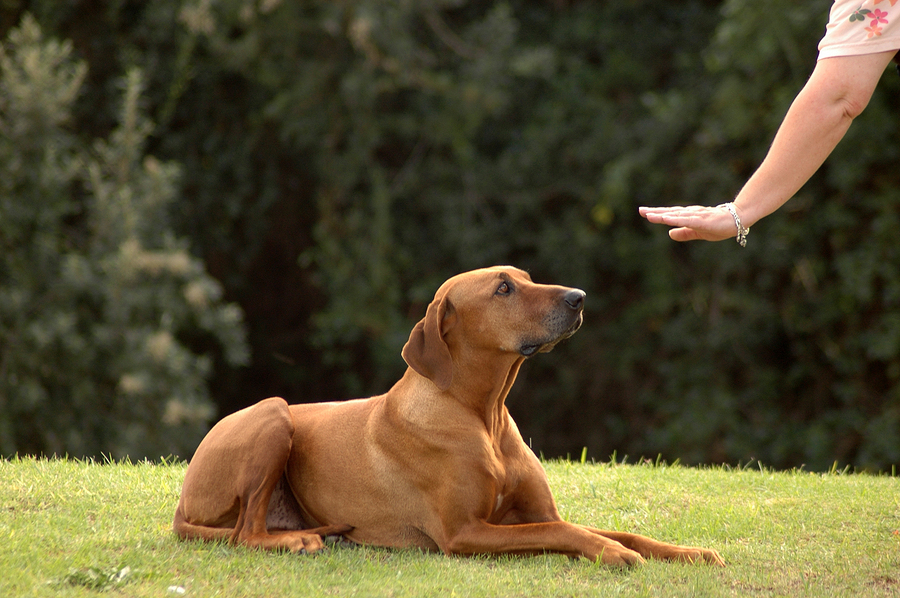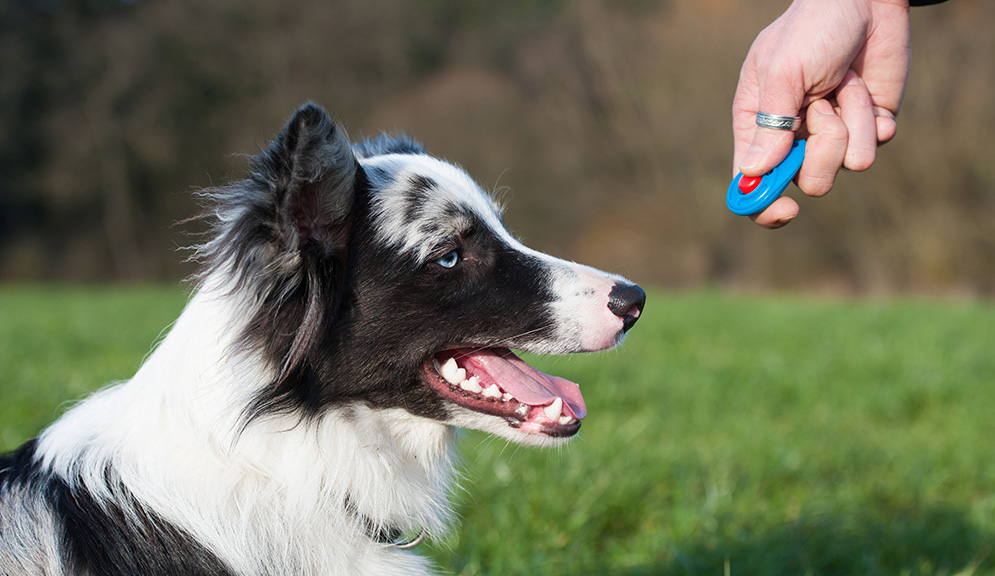Leading Dog Training Techniques Every Owner Must Know
Among the most prominent approaches are favorable reinforcement, remote control training, and chain training, each offering special advantages that contribute to a well-behaved canine. As we explore these essential strategies, it becomes apparent that mastering their subtleties can considerably influence the training experience and the pet's total actions.
Favorable Support Techniques
Using favorable reinforcement methods is important for efficient pet training, as it promotes a trusting bond between the pet dog and the fitness instructor. This technique concentrates on satisfying preferable habits instead than penalizing undesirable ones, developing a setting favorable to finding out. Rewards can include treats, praise, or play, which motivate dogs to repeat the behaviors that earn them these benefits.
Positive reinforcement is rooted in the principles of operant conditioning, where actions is affected by its effects. By regularly gratifying particular actions, fitness instructors can form a canine's behavior over time. A pet dog that rests on command and receives a reward is more likely to duplicate that habits in the future.
In addition, this method improves the canine's interest for training sessions. When pets associate training with positive experiences, they are a lot more engaged and responsive. Beyond prompt therapy, favorable reinforcement encourages a collaborative connection between the pet dog and instructor, reducing anxiousness and worry.
To optimize effectiveness, it is vital to deliver incentives without delay, making sure the dog connects the habits with the reinforcement. Fundamentally, favorable reinforcement strategies not just yield better-trained dogs but also promote a harmonious partnership in between dog and owner.
Remote Control Training Approach
The remote control training technique is a very reliable method that builds on the principles of positive support by adding an unique audio to mark desired habits. This approach uses a small portable gadget that produces a clicking sound, permitting trainers to interact with their pets in a clear and prompt manner. When a canine does a behavior that the owner wants to encourage, the clicker is activated, followed by a benefit, commonly in the type of treats or appreciation.
The secret to successful clicker training depends on uniformity and timing. It is important to click at the exact moment the wanted habits occurs, ensuring that the pet dog connects the noise with the action and the subsequent benefit. This technique not only improves interaction however also fosters a more powerful bond in between the dog and the owner, as it encourages interaction and interaction during training sessions.
Clicker training can be put on a range of habits and commands, from basic obedience to more intricate tricks. Its convenience and efficiency make it a preferred technique amongst professional trainers and animal proprietors alike, leading the method for a responsive and trained canine companion.

Chain Training Basics
Reliable chain training is crucial for guaranteeing a satisfying and risk-free walking experience for both pet dogs and their proprietors. Leash training ought to begin very early and be approached with persistence and consistency (Dog training). Start by picking a suitable chain and collar or harness. A level collar might help some pet dogs, while others might take advantage of a harness that decreases pulling.
Introduce your dog to the leash progressively, enabling them to explore it in a comfy setting. This includes gratifying your dog for walking close to you instead than drawing ahead.
If your pet begins to pull, quit walking quickly. Additionally, technique numerous strolling atmospheres to aid your canine adjust to disturbances.
Routine practice will solidify your pet dog's understanding of chain decorum. Keep in mind that chain training is a recurring procedure; persistence and consistency will certainly generate the very best outcomes, fostering a positive experience for both you and your canine buddy.
Socializing Approaches
Socializing is a vital facet of pet training that should ideally start during puppyhood however can be valuable at any age. Effective socializing assists pet dogs establish confidence and decreases the probability of behavior concerns. To carry out successful socialization techniques, reveal your pet dog to a range of atmospheres, people, and various other animals.

Begin with controlled setups, such as puppy courses or organized playgroups, where young pets can connect safely. Progressively introduce your pet dog to brand-new experiences, including various noises, surfaces, and tasks. Ensure these experiences are gratifying and favorable to develop a complacency.
For adult pet dogs or those doing not have direct exposure, begin with low-stress scenarios. Short, positive interactions with friendly human beings and tranquil pet dogs can develop favorable organizations - Dog training. Make use of deals with and appreciation to enhance desirable actions throughout these experiences
Monitoring your canine's body language is necessary; indications of fear or hostility should be dealt with right away, either by getting rid of the pet from the scenario or rerouting its focus. Constantly revealing your pet dog to varied stimuli will cultivate versatility, go to this web-site making it an go right here all-around friend efficient in thriving in various settings.
Uniformity and Patience
Identifying the relevance of uniformity and patience in pet training is important for achieving long-term outcomes. Inconsistent training can lead to complication, making it challenging for the dog to grasp commands or behaviors, inevitably impeding progress.
Canines, like humans, learn at their own pace. This cultivates a trusting connection in between the pet and owner, motivating a more ready and enthusiastic student.
To grow uniformity and patience, develop a normal training routine, use the very same commands, and guarantee that all member of the family use the exact same training concepts - Dog training. By doing so, you create a steady atmosphere helpful to finding out, allowing your pet to develop and flourish right into a mannerly companion

Final Thought
In final thought, efficient canine training techniques, such as favorable support, clicker training, and correct chain training, are vital for promoting a healthy owner-dog relationship. Additionally, implementing socializing approaches and keeping consistency and patience throughout the training process contributes significantly to a pet's general health. By integrating these approaches, dog owners can assist in the growth of well-adjusted, obedient pets, inevitably boosting the high quality of life for both the dog and the proprietor.
Amongst the most famous methods read the article are favorable reinforcement, remote control training, and leash training, each offering distinct advantages that contribute to a mannerly dog. As we check out these basic methods, it becomes noticeable that grasping their subtleties can substantially affect the training experience and the canine's total behavior.Using favorable support methods is important for reliable dog training, as it promotes a relying on bond between the instructor and the canine.In final thought, reliable pet dog training strategies, such as positive reinforcement, remote control training, and correct leash training, are important for promoting a healthy and balanced owner-dog relationship. By integrating these approaches, canine proprietors can facilitate the development of well-adjusted, obedient family pets, inevitably improving the high quality of life for both the dog and the owner.